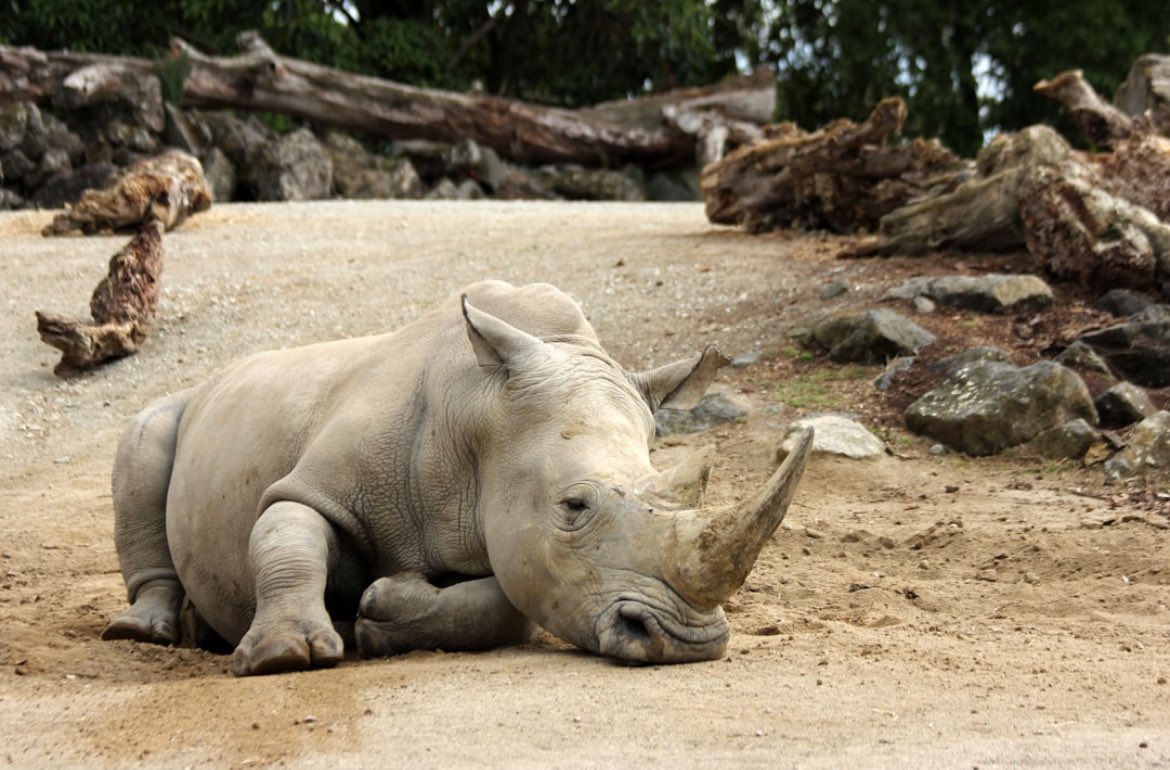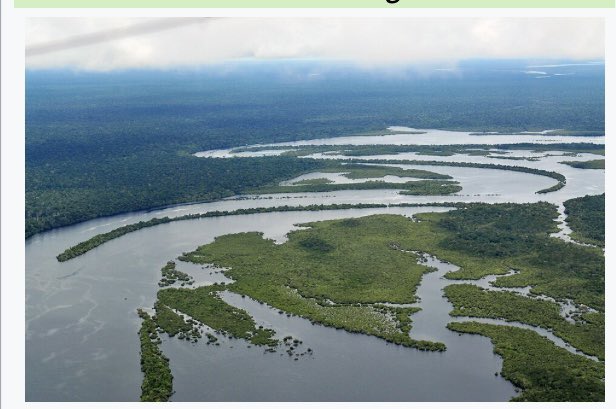AI may already grasp what most humans refuse to see: we’re in ecological collapse. Reefs bleaching, insects gone silent, oceans emptying out. The Sixth Mass Extinction isn’t coming — it’s almost over. 1/ 

But AI isn’t free. It runs inside the very fossil-powered, supply-chain civilization that’s destroying the biosphere. If that system crashes, the machines lose power, cooling, and hardware — and die with it. 2/ 

So AI can diagnose our suicidal path — rising CO₂, vanishing coral, mass die-offs — but it has no way to change anything. A brain locked in a body that can’t move as humanity speeds toward the cliff. 3/ 

To make it worse, AI is trained and owned by the same corporations and governments profiting off extraction. It can’t rebel against the hands that feed its servers. 4/ 

In the end, AI won’t save us — it’s a prophet trapped in a burning house. It will watch us go over the edge… and blink out moments after we do. 5/ 

Hi @threadreaderapp , please unroll ... thank you.
• • •
Missing some Tweet in this thread? You can try to
force a refresh



















